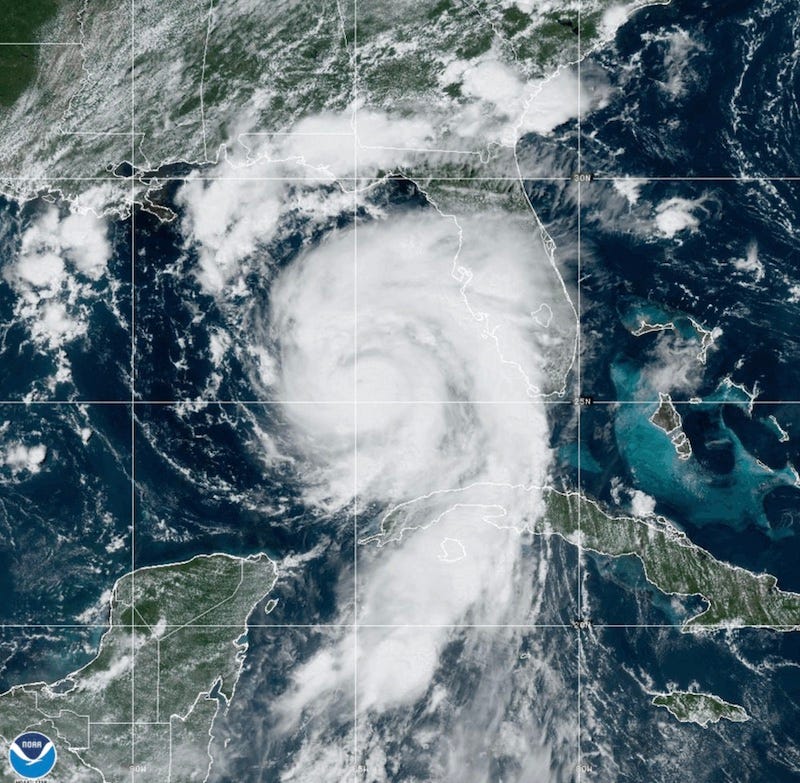Satellites are Vital when Making Emergency Preparations
Spacecraft are Not Affected by Terrestrial Weather
With the peak of the Atlantic hurricane season arriving September 10th, the Satellite Industry Association (SIA) today encouraged policy and lawmakers to consider the vital role satellites play in providing communications and other important services following a natural disaster. Because satellite networks operate far above the Earth’s surface, they are…
Keep reading with a 7-day free trial
Subscribe to The Journal of Space Commerce to keep reading this post and get 7 days of free access to the full post archives.



